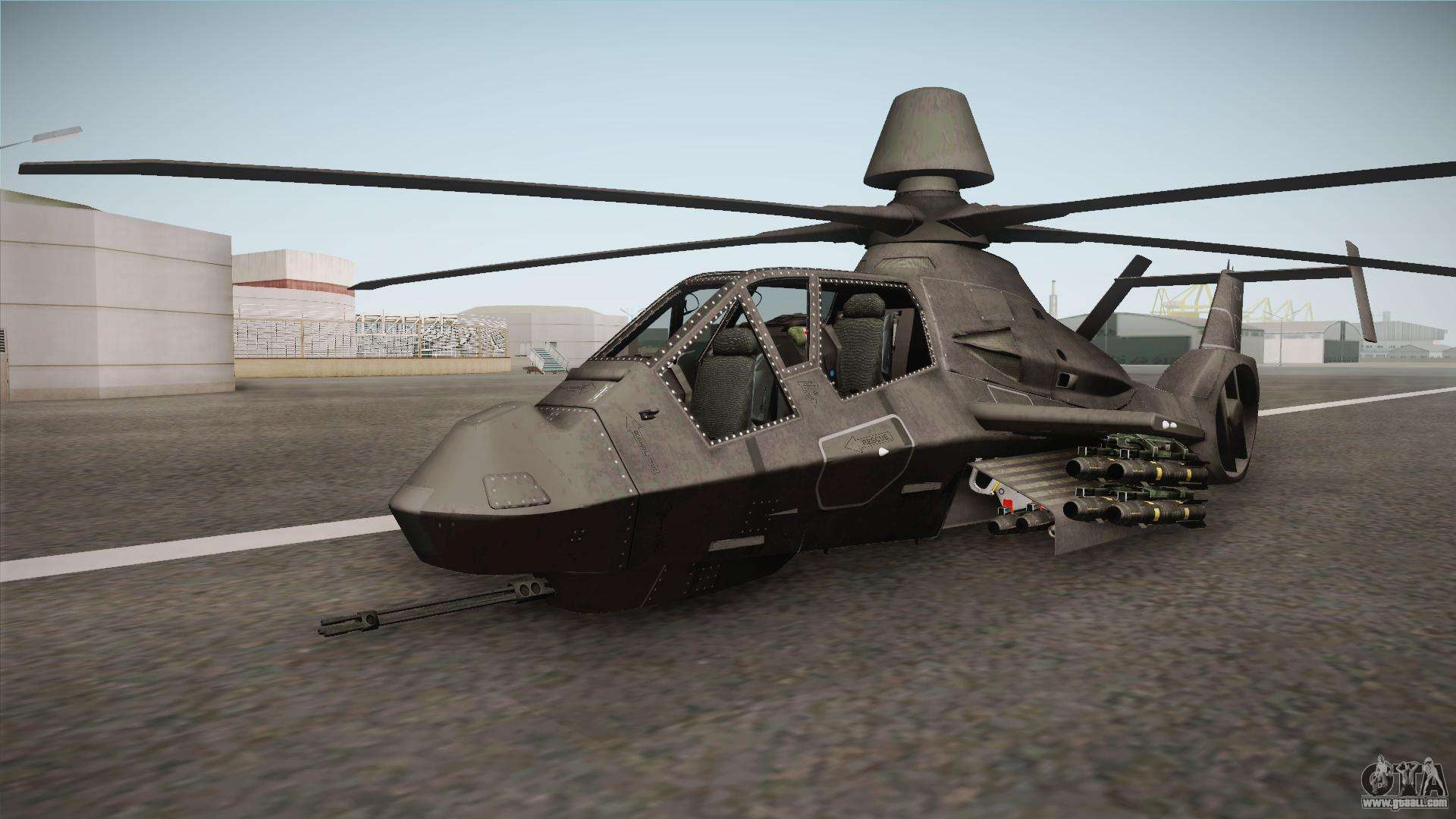
Another complicated feature of helicopters is their infrared signature. N.įlowfields around helicopters contain complex flow features such as large separated flow regions, vortices, shear layers, blown and suction surfaces and an inherently unsteady flow imposed by the rotor system. Numerical simulation of helicopter engine plume in forward flightĭimanlig, Arsenio C. Army Research Laboratory: Aberdeen Proving Controlled Adhesive Debonding of RAH- 66 Comanche Chines Using Shape Memory Alloys ARL-TR-2937 U.S.

Debonding approach where (a) freestanding.J. SMA.anofoil (a) Component 1 Thermoset Adhesive Component 2 Nano-coating (b) Figure 2. Technologies include shape memory alloy (SMA)-based approach, a chemical foaming agent (CFA) approach, and a reactive nanocomposite (RNC) approach. Reactive Nanocomposites for Controllable Adhesive Debonding Just about any place one would find a cellular phone, one can hear a school's fight song in all of its rah-rah glory. This article reports that at many institutions, fight songs are now playing all over campus: on the quad, on the bus, in the cafeteria, and sometimes (though not the ideal situation) even in class.
RAH 66 COMANCHE VERIFICATION
It serves as an important verification for future computed results.ĮRIC Educational Resources Information Center These calculations demonstrate the use of advanced computational fluid dynamic methodologies towards a flight vehicle currently under development. Local areas of poor computational grid-quality and local areas of geometry differences account for the differences. Comparisons between the measured and computed surface pressures show areas of correlation and some discrepancies. Computations were performed for an isolated fuselage configuration and for a rotor on configuration. In addition, the tunnel model and the computational geometry were based upon the same CAD definition. A suite of flow conditions, rotor thrusts and fuselage-rotor-tail configurations were tested. The wind tunnel experiment was performed in the 14 x 22 foot facility located at NASA Langley.

The computations use actuator disks to investigate the main and tail rotor effects upon the fuselage flowfield. The numerical predictions were obtained by solving the Thin-Layer Navier-Stokes equations. This paper compares and evaluates numerical and experimental flowfields of the RAH- 66 Comanche helicopter. 12 2.7 Expected Ingress and Egress Difficulties With Air Warrior BasedĪ Comparison of Computed and Experimental Flowfields of the RAH- 66 Helicopter 9 2.6 Past Ingress and.Egress Evaluations in the RAH- 66 Comanche. Respondents should be aware that notwithstanding any other provision of law, no person shall be subject to any penalty for failing to comply with a.8 2.5 Historical Difficulties With Ingress and Egress of Helicopters.
RAH 66 COMANCHE FULL
These control laws are ready for formal ADS-33C compliance testing in the Sikorsky Full Mission Simulator (FMS).Įvaluation of an Army Aviator’s Ability to Conduct Ingress and Egress of the RAH- 66 Comanche Crew Station While Wearing the Air Warrior Ensemble Other evaluation tasks confirmed the mission suitability of the control system. All tested DVE tasks (ADS-33C, sections 4.4 and 4.5) were rated Level 1. These tests substantiate the detailed design of the Comanche Selectable Mode control laws. The primary focus of this paper is the results of piloted evaluation of these control laws in the Boeing motionbase simulator. An overview of the RAH- 66 control laws is presented, including a detailed description of the Selectable Modes design. This paper addresses the design of the Comanche Selectable Mode control laws (Velocity Stabilization/Hover Hold and Altitude Hold), which provide the additional stabilization and control augmentation needed when flying in a Degraded Visual Environment (DVE). The control laws have been tailored to satisfy the requirements of ADS-33C and the Weapon System Specification (WSS). The RAH- 66 Comanche helicopter has been designed to possess superior handling qualities over a wide range of flight conditions. Design requirements, descriptions of the control law design, and handling qualities data collected from ADS-33 maneuvers are presented.ĭesign and pilot evaluation of the RAH- 66 Comanche selectable control modes During the period from November 1991 through February 1992, the RAH- 66 Comanche control laws were evaluated through a structured pilot acceptance test using a motion base simulator. This paper addresses the design and pilot evaluation of the Core Automatic Flight Control System (AFCS) for the Reconnaissance/Attack Helicopter ( RAH- 66) Comanche.

Design and pilot evaluation of the RAH- 66 Comanche Core AFCS


 0 kommentar(er)
0 kommentar(er)
